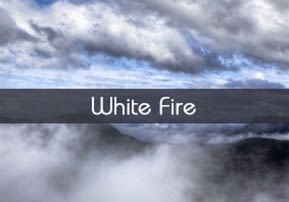
Vayikra: White Fire
The white space on the parchment that surrounds the black letters is a higher form of Torah. It is analogous to the white fire of Sinai — a sublime, hidden Torah...

Parshat Vayikra
With the construction of the Tabernacle complete, the holy structure began to fulfill its primary purpose: a conduit for communication between God and Moses. "I will commune with you there, speaking to you above the ark-cover" (Ex. 25:22). Before each actual communication, God would first summon Moses to the tent, with a Voice that only Moses could hear:
"God called to Moses, speaking to him from the Communion Tent" (Lev. 1:1).
What was the nature of this Divine call?
The Miniature Aleph and the Four-Pronged Shin
The word Vayikra ('He called') is written in an unusual fashion. The last letter, the aleph, is written in miniature in the Torah. Did God command Moses to write it that way? Or was this an expression of Moses' extraordinary humility — an attempt to 'hide' the aleph, so to speak, so that it would appear that God only happened ("vayikar") to speak with Moses, similar to the chance prophetic experiences of evil Balaam?
We find a second unusual letter in the tefillin (phylacteries) worn on the head. Usually, the letter shin is written with three upward strokes, but the shin embossed on the left side of the tefillin has four. Some commentaries connect this peculiar shin to the Midrashic description of the Torah's transmission to Israel via black fire engraved on white fire. What does this mean? What are these black and white fires?
Black Ink on White Parchment
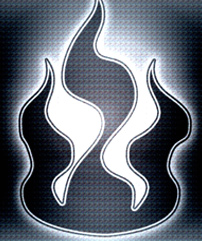 When we think about a Torah scroll, we usually only consider the letters themselves, written in black ink. Yet, the Talmud (Menachot 29a) rules that every letter in a Torah scroll must be completely surrounded by parchment. This requirement is called mukaf gevil. In other words, the white parchment around the letters is an integral part of the Torah; without it, the Torah scroll is disqualified. In fact, the white space is a higher form of Torah. It is analogous to the white fire of Sinai — a sublime, hidden Torah that cannot be read in the usual manner.
When we think about a Torah scroll, we usually only consider the letters themselves, written in black ink. Yet, the Talmud (Menachot 29a) rules that every letter in a Torah scroll must be completely surrounded by parchment. This requirement is called mukaf gevil. In other words, the white parchment around the letters is an integral part of the Torah; without it, the Torah scroll is disqualified. In fact, the white space is a higher form of Torah. It is analogous to the white fire of Sinai — a sublime, hidden Torah that cannot be read in the usual manner.
There is a delicate balance between black and white in the Torah. The shirot, the poetic portions in the Torah, are written in a special fashion, like a wall constructed from layers of black and white bricks. These poetic sections are the loftiest parts of the Torah. Consequently, they have more white space, as they contain a greater measure of the esoteric white fire. If a scribe were to write other sections of the Torah in this special layout, the Torah scroll would be rendered invalid. After the Torah was revealed and restricted to our limited world, it must be written with the appropriate ratio of black to white.
What about the four-pronged shin on tefillin? The mitzvah of tefillin is closely connected to the manifestation of Torah after its revelation into the finite world. "All of the peoples of the land shall see that the name of God is called upon you, and they shall be in awe of you" (Deut. 28:10; see Menachot 35b). Thus, tefillin correspond to the lower realm of black fire, and are marked with a shin bearing an extra measure of black.
We can deepen our understanding of the white and black fires by considering another example of white space in the Torah. Extra space is left blank to separate sections of the Torah. The Sages explained that these separations allowed Moses to reflect upon and absorb the previous lesson. In other words, the white fire corresponds to the loftier realm of thought and contemplation. The black fire of the letters, on the other hand, is the revelation of intellect into the realm of language — a contraction and limitation of abstract thought into the more concrete level of speech.
The Divine Call Before Revelation
The distinction between white and black fire also sheds light on God's call to Moses before speaking with him. The Voice summoning Moses to enter the tent was in fact the divine call from Sinai, an infinite call that never ceased (Deut. 5:19). The summons would reach Moses as he stood outside the tent, before being constrained within the four walls of the Tabernacle. This Voice was not a revelation of Torah, but an overture to its revelation. It belonged to the esoteric white fire of Torah, before its constriction and revelation into the physical world.
This is the reason that Moses made the aleph of the divine call smaller. Since it belonged to the realm of white fire, the summons required an extra measure of white space over black ink. Superficially, Moses' miniature aleph humbly implies a diminished state of the revealed Torah of black fire, but on a deeper level, it reflects an increase in the esoteric Torah of white fire.
(Gold from the Land of Israel, pp. 179-181. Adapted from Shemuot HaRe'iyah IV)
* * *
Copyright © 2006 by Chanan Morrison
Rabbi Chanan Morrison of Mitzpeh Yericho runs http://ravkookTorah.org, a website dedicated to presenting the Torah commentary of Rabbi Avraham Yitzchak HaCohen Kook, first Chief Rabbi of Eretz Yisrael, to the English-speaking community. He is also the author of Gold from the Land of Israel (Urim Publications, 2006).



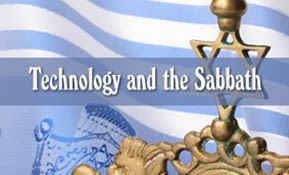
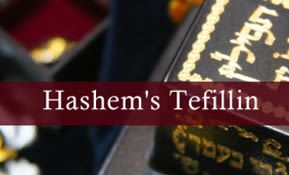

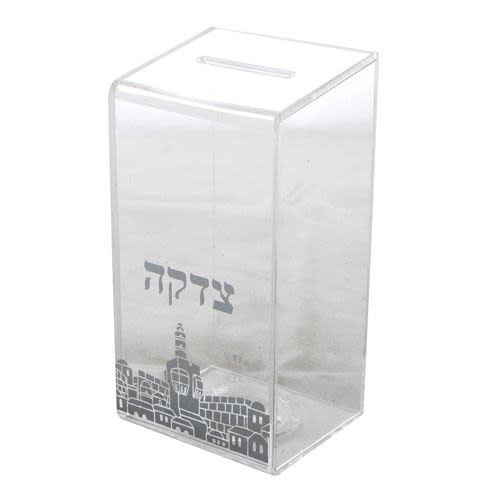
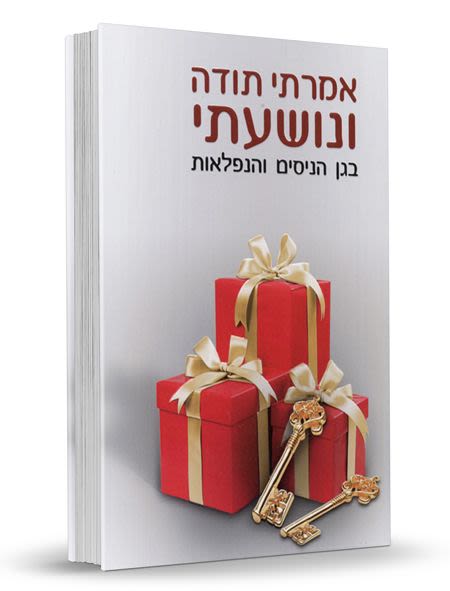
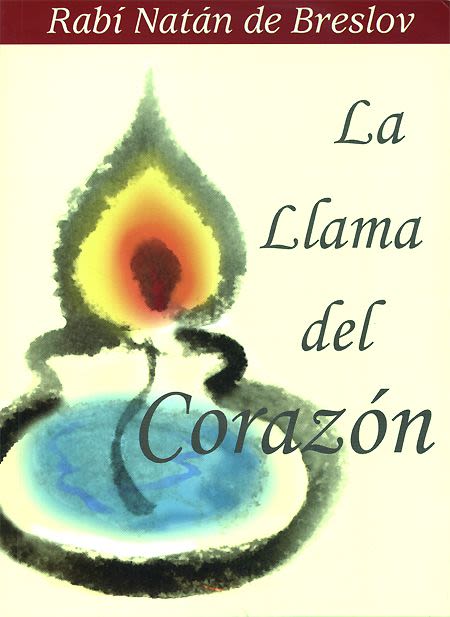
3/09/2022
Liked the site. Will return, IY”H.